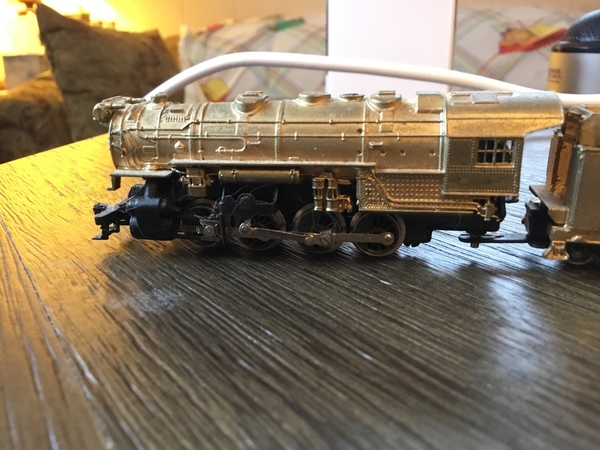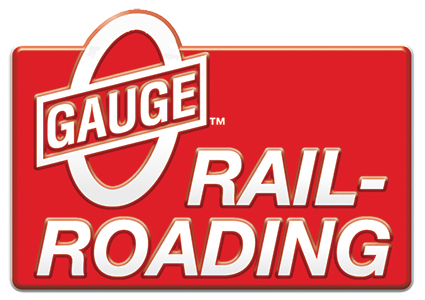Jim, there are no obvious errors in my arguments. You present a lot of failure scenarios where an outside influcencer has caused a plastic failure, but none caused by inherent flaws in the material itself. Plastic doesn't just melt on it's own due to material defect. It doesn't just crack or break on it's own due to material defect. It doesn't just craze on it's own due to material defect. I have plastic items that are several decades old with no issues. No material is perfect. Not even plastics.
Your arguments against plastics reek of an infomercial for zinc products with catastrophe afflicting everything that contain plastic to make zinc look superior. Plastic is everywhere and serves reliably. Like anything, it won't last forever. It isnt isn't perfect for everything and it has it's limitations.
I have made my argument and you have made yours. We will never see eye to eye on this topic. I think it is time to let it rest.
No errors, huh.
You said: “Most smaller scales use plastic so they don't have this issue. I have lots of N-scale stuff, lots by Atlas, and I don't have this issue with any of it.”
I pointed out that I have 23 of 49 N scale steamers with diecast boilers or bodies, and that more than half my freight cars have diecast frames, and all but a couple of my diesels have diecast frames. Seems like diecast components are a key component in smaller scales, and since you say you haven’t had any problems with them, well, then, I guess diecast zinc pest isn’t really the ****ing problem you seem to be selling here.
You said: “you fail to provide a valid argument as to why it is superior to plastic.”
I gave numerous examples of plastic failure from the postwar era for toy trains to modern times in all scales — problems tied to aging plastic and its weaker nature.
You said, in response to Tom Tee’s example of plasticizer problems: “Indoor plastics, like our trains, especially those painted, won't suffer from that same type of deterioration at anywhere near the same rate as outdoor plastics and will last longer.”
Tom Tee and I were saying that plasticizer problems were inherent in flexible plastics, not merely outdoor plastics, and have presented themselves indoors quite readily. (And to Big Jim, the forum topic I linked to was not only about traction tires, if you read through it.) Learn more. Do a Google search for plasticizer migration and read.
And the biggest error of all? You keep on talking about the lack of problems in plastic-bodied steamers in other scales. Tell me, which diecast bodies have failed in O gauge in the China era? This isn’t a rhetorical question. Answer it. The problem remains with subcontractors in China who do not follow best practices in manufacturing, not the main factories that make the bodies of our diecast models.
And here’s the clincher, something that seems to escape your apparently never-wrong mindset. I never said I didn’t favor plastics in scale trains. In any scale. Plastic-bodies diesels have never been an issue, and I accept them as a tradition, even if they were brought about by the postwar plastics boom that allowed for a more inexpensive form of manufacturing. I also have bought plastic-bodied N scale steamers for models I cherish.
You see, I wasn’t advocating that all those plastic products be remade as diecast. But you seem to be trying to convince the rest of us who favor our diecast O scale steamers that manufacturers should switch to plastic. Whose doing the overselling here?






